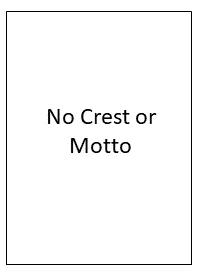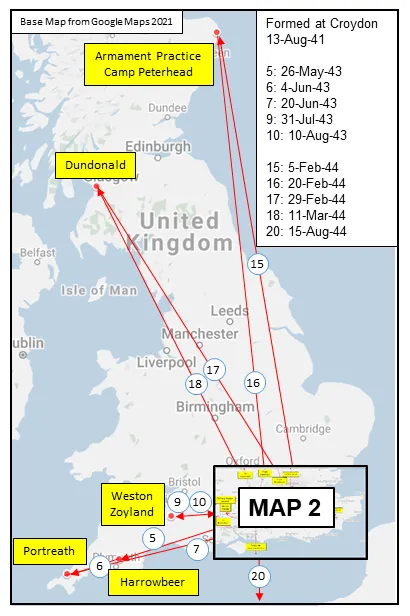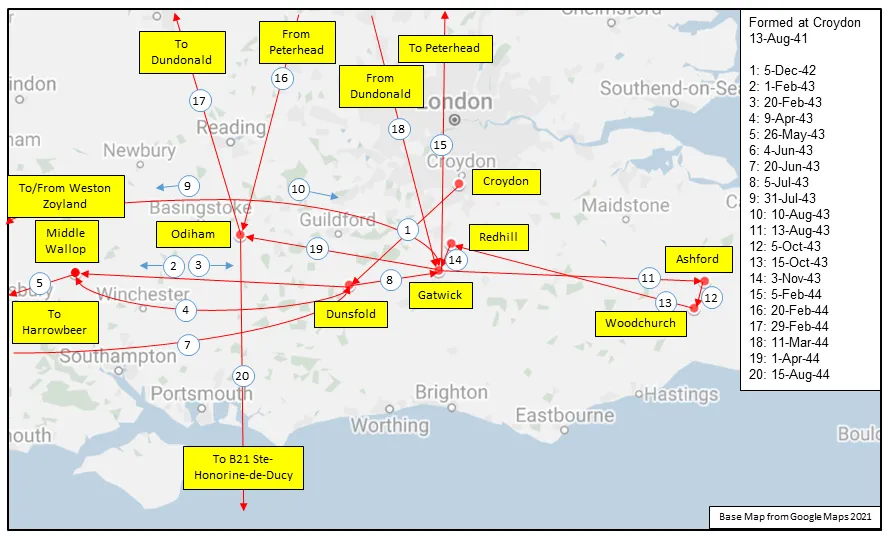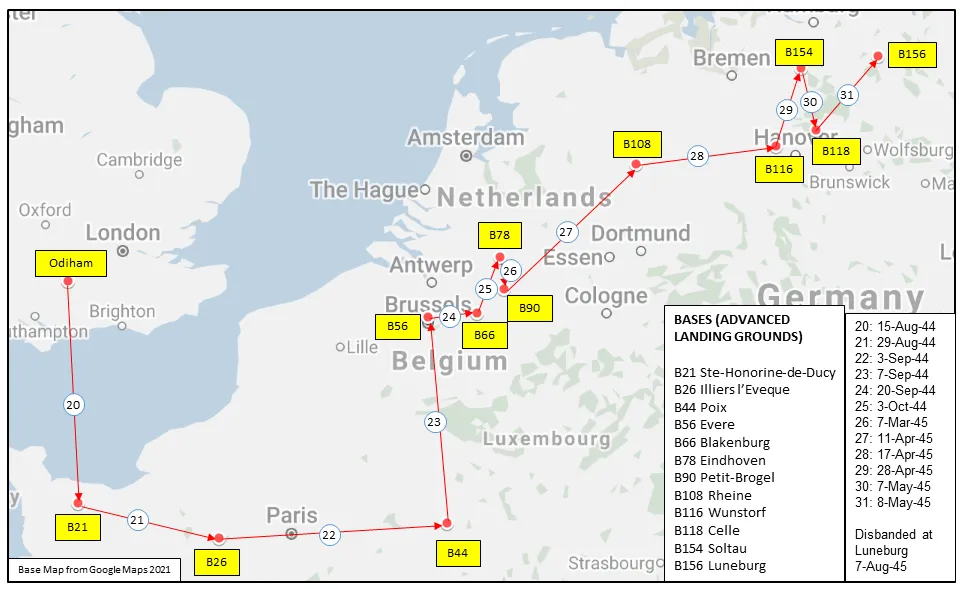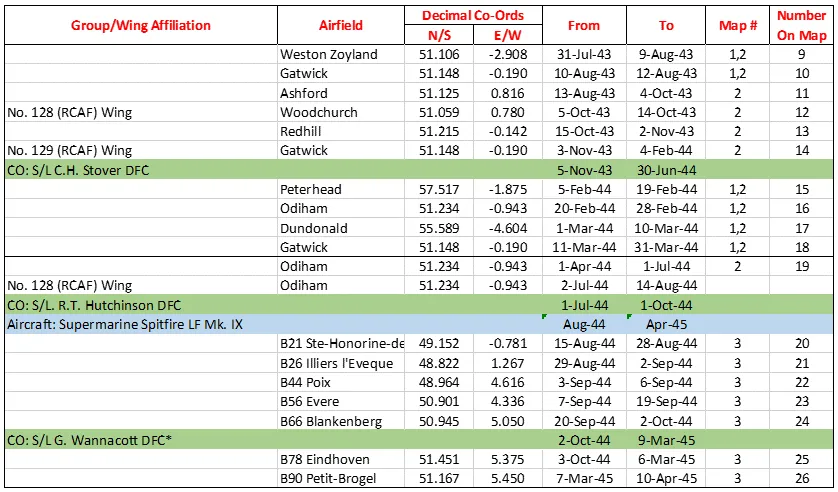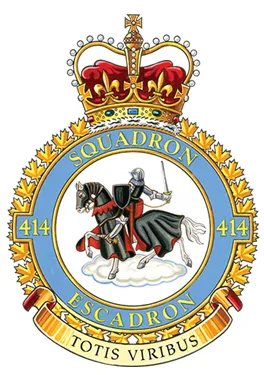Lockheed CT-133 Silver Star Shooting Star T-33 T-33A CT-33
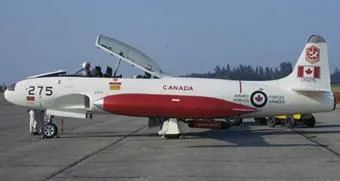
The Canadair CT-133 Silver Star (company model number CL-30) is the Canadian license-built version of the Lockheed T-33 jet trainer aircraft, in service from the 1950s to 2005.
The Canadair CT-133 was the result of a 1951 contract to build T-33 Shooting Star trainers for the Royal Canadian Air Force (RCAF). The powerplant is a Rolls-Royce Nene 10 turbojet instead of the Allison J33 used by Lockheed in the production of the original T-33. A project designation of CL-30 was given by Canadair and the name was changed to Silver Star. The appearance of the CT-133 is very distinctive due to the large fuel tanks usually carried on each wingtip. A total of 656 CT-133 aircraft were built by Canadair.
The CT-133 entered service in the RCAF as its primary training aircraft for fighter/interceptors. The designation of the Silver Star in the Canadian Forces was CT-133.
The CT-133's service life in the RCAF (and later the Canadian Forces) was extremely long. One of the more unusual roles it played was as an aerobatic demonstration aircraft, the RCAF's Red Knight. Although the aircraft stopped being used as a trainer in 1976, there were still over 50 aircraft in Canadian Forces inventory in 1995. The youngest of these airframes was then 37 years old and had exceeded its expected life by a factor of 2.5. During this period, the Canadair T-33 was employed in communication, target towing, and enemy simulation. Wikipedia
 Wikipedia Canadair CT-133 Silver Star
Wikipedia Canadair CT-133 Silver Star
CASPIR Aircraft Groups:
RCAF On Strength (689), RCAF 400 Squadron (3), Canadian Aircraft Losses (54), RCN On Strength (1)Silver Star 3AT/PT 21069
Received at Air Defence Command Oct 1953. Cat B crash Mar 1957. At Mountain View inactive reserve Aug 1957. Aug 1959 converted to Pilot Trainer. To CFHQ FTU RCAF Station Uplands Sep 1965. To 414 Sqn Det RCAF Station Uplands Feb 1967. To 414 (EW) Sqn RCAF Station North Bay June 1967. At RCAF Station Trenton June 1970. To Mountain View Nov 1970. Renumbered 11 Nov 1970. To 425 AW (F) Sqn RCAF Station Bagotville Apr 1971. To 416 AW (F) Sqn RCAF Station Chatham Oct 1971. To 410 AW (F) OTU RCAF Station Chatham Oct 1971. To Canadian Forces Europe Oct 1972. Seen Prestwick Scotland in camouflage Dec 1972. To 4 Wing Baden-Soellingen Aug 1976. Supported 421 Squadron detachment to Gilze Rijen, Holland for training exercise, May/June 1974. With 414 (EW) Squadron when it crashed near Toronto on 21 September 1982. Scrapped. Capt. S. Jesperson killed.
1953-10-08 Taken on Strength per Record Card 2022-06-09
1982-09-21 Crashed 2022-04-08
1988-10-21 Struck off Strength 2022-02-07
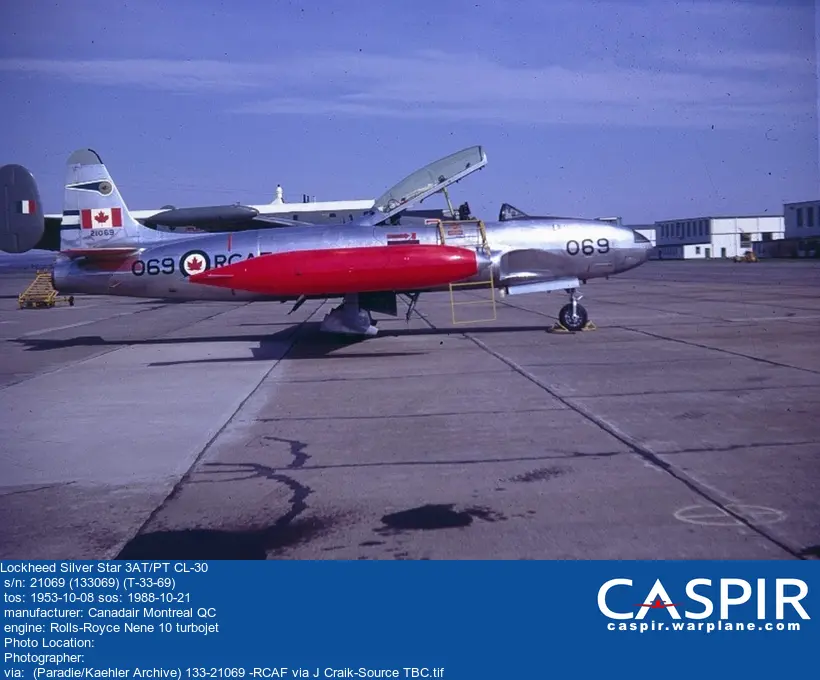
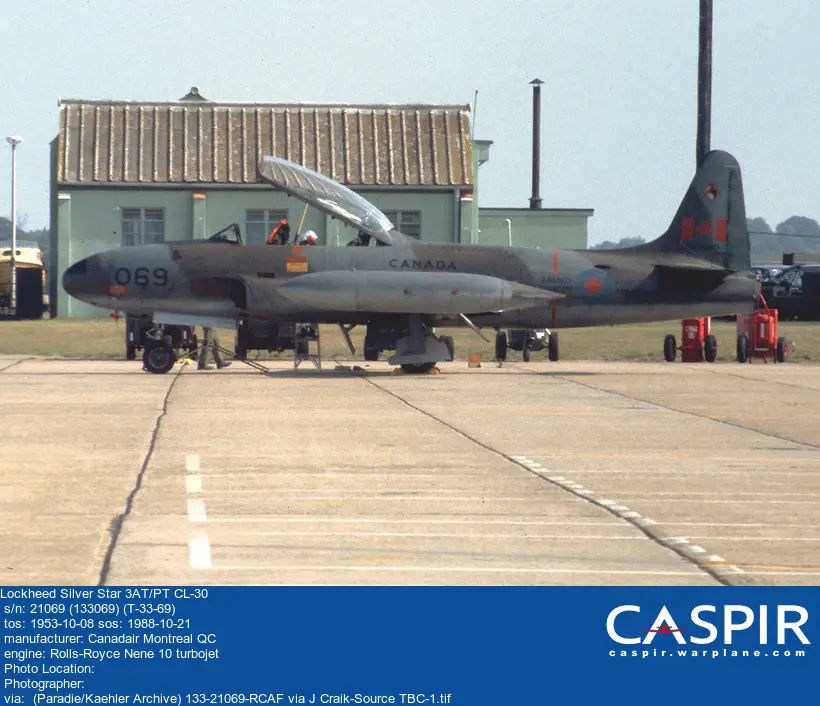

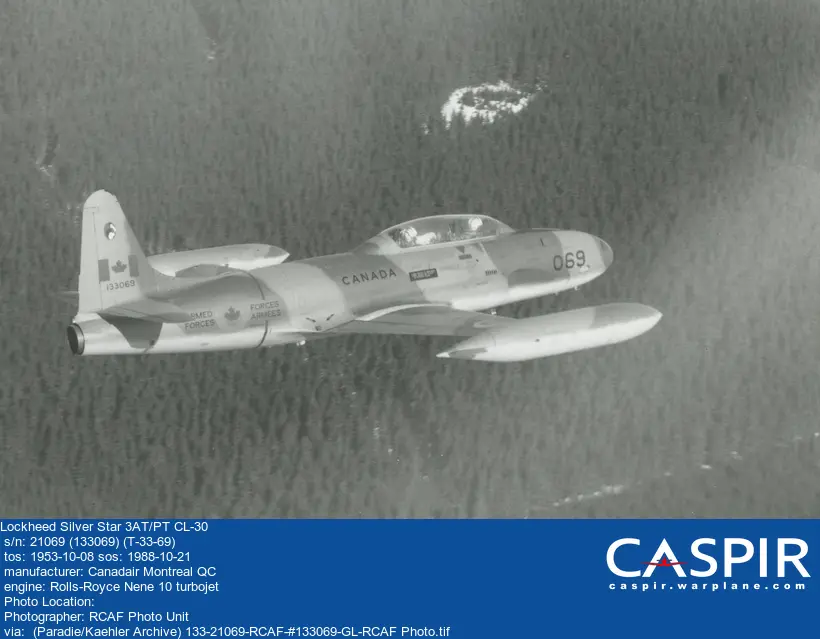




 Maple Creek Cemetery, Canada
Maple Creek Cemetery, Canada Harold A Skaarup Web Page
Harold A Skaarup Web Page